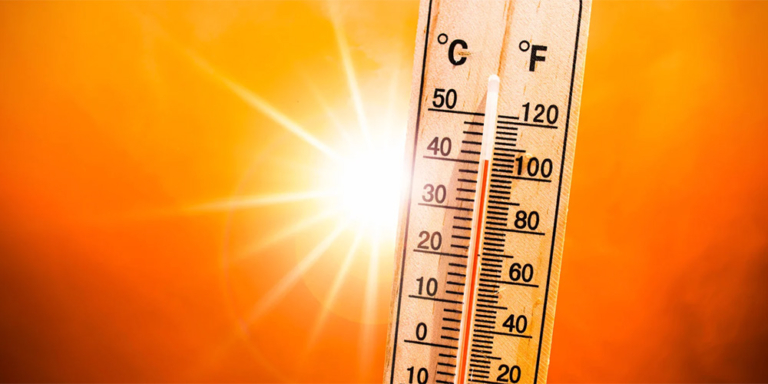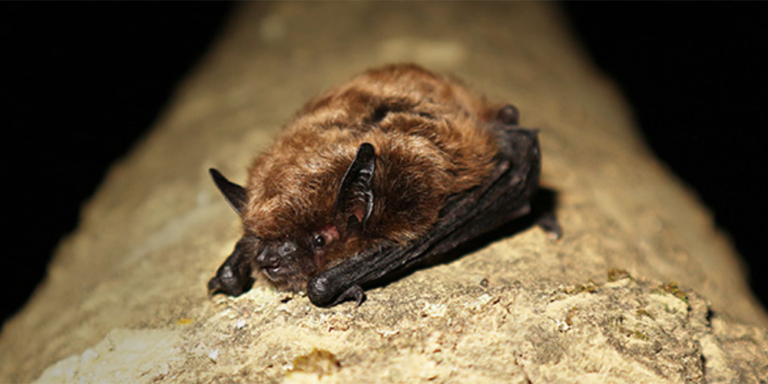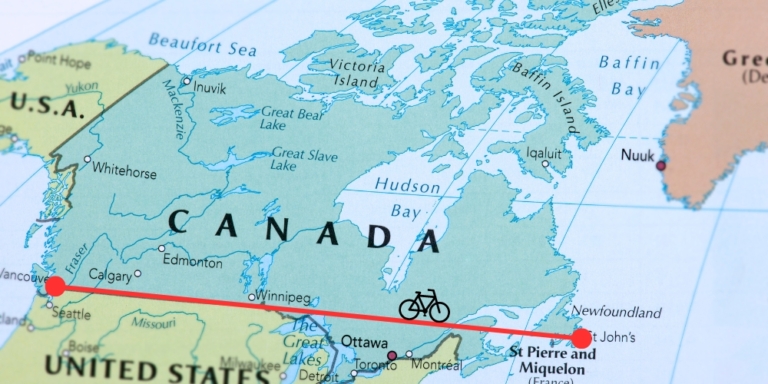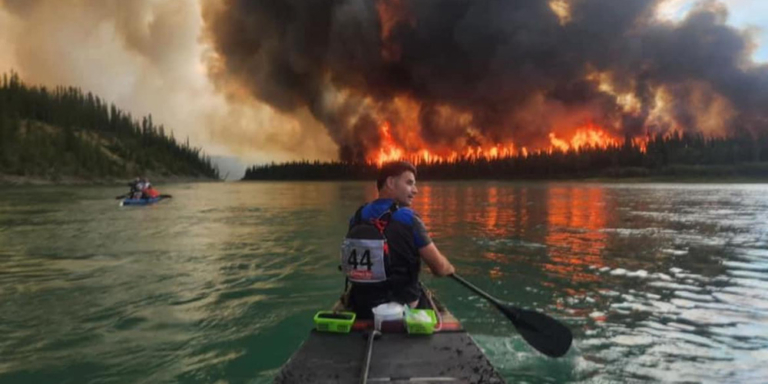
If you have hiked in the Rockies, you may have seen patches of red snow and wondered if you had stumbled upon a crime scene.
Rest assured, that likely isn’t the case.
You probably saw watermelon snow, also known as glacier blood, blood snow, or pink snow.
Contrary to its name, watermelon snow has nothing to do with watermelons or blood—instead, red-pigmented microalgae cause the pinkish-coloured snow.
Unlike most species of freshwater algae, pink snow algae are cryophilic, meaning they thrive in freezing water.
The phenomenon has confused mountain climbers and explorers for thousands of years. Many theorized the pink snow was caused by mineral deposits that leached into the snow.
The earliest record of watermelon snow dates back to 300 BC in Aristotle’s writings. Aristotle believed “red hairy worms” caused the pink snow.
Aristotle was a brilliant philosopher, but microbiology definitely wasn’t his forte.
Not About Murder, But Still Troubling
Watermelon snow isn’t related to anything sinister like murder.
But the pink snow does tell a troubling story about the changing change, according to Lynne Quarmby.
Quarmby is a Professor of molecular biology and biochemistry at Simon Fraser University in British Columbia.
She spent the past four years studying watermelon snow and published her study titled Satellite Mapping of Red Snow on North American Glaciers.
Quarmby’s study is the first of its kind delving into watermelon snow, which occurs during the spring and summer months.
She found the amount of watermelon snow increases as temperatures warm, starting earlier in the season than before.
Too Much Algae
So what happens if there’s too much algae?
Well, just more troubling news about the unanticipated impacts of our warming climate.
Snow is usually white, which makes it much better at reflecting sunlight into space instead of warming the planet.


The process of snow reflecting sunlight is called snow albedo. And snow reflecting back the sun melts slowly.
On the other hand, watermelon snow is darker and absorbs more sunlight.
By absorbing more sunlight, watermelon snow melts faster.
“The bigger picture in terms of melting of the glaciers and the snowpack in the mountains, the algae definitely will accelerate that melt,” explained Quarmby.
Rapid melting is bad news for glaciers covered in snow year-round, like in the Rockies. Imagine putting a heated blanket on a snowman.
Watermelon snow has a similar effect on glaciers and accelerates glacial melt. But that’s not to say watermelon snow is terrible.
According to Quarmby, 200 years ago, glaciers would be melting and growing constantly. They would be balanced, allowing glaciers and watermelon snow algae to thrive.
“Now that Earth is out of balance, and there’s a net warming, there’s actually a net and relatively rapid loss of glaciers,” said Quarmby.
When glaciers melt too quickly, it can harm plants and animals. It’s a big problem for places that need the slow melting of glaciers for things like water, farming, visitors, power, and everyday life.
A study published in Nature Climate Change journal found that one in four people living in Alberta will be affected by rapid glacier melt, which causes flooding followed by water shortages.
Quarmby’s study is complete, but her work is not done. Her next step involved genome sequencing to understand how the algae adapt to the changing environment.
But Quarmby is in a race against time and fears the watermelon snow algae may be extinct by the time we learn everything we can about the species. With rapid snow melt, resulting in no high-elevation spring or summer snow, the algae will not be able to survive.
We risk losing more than glaciers and watermelon snow unless we pull the brakes on the changing climate.
Watermelon snow, with its bright red colour, is yet another warning that our warming climate is rapidly upsetting the natural balance that has evolved over the millennium.








